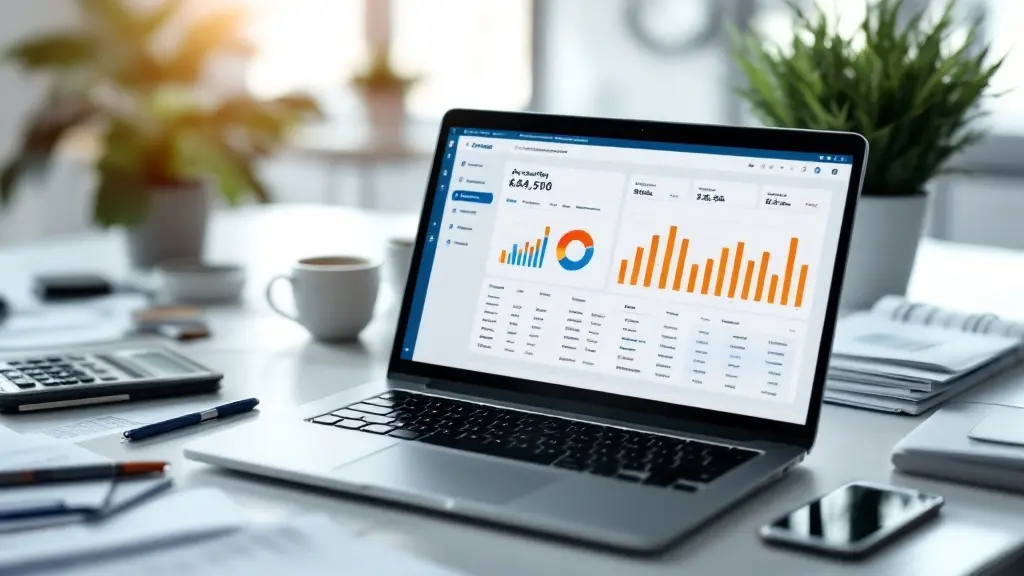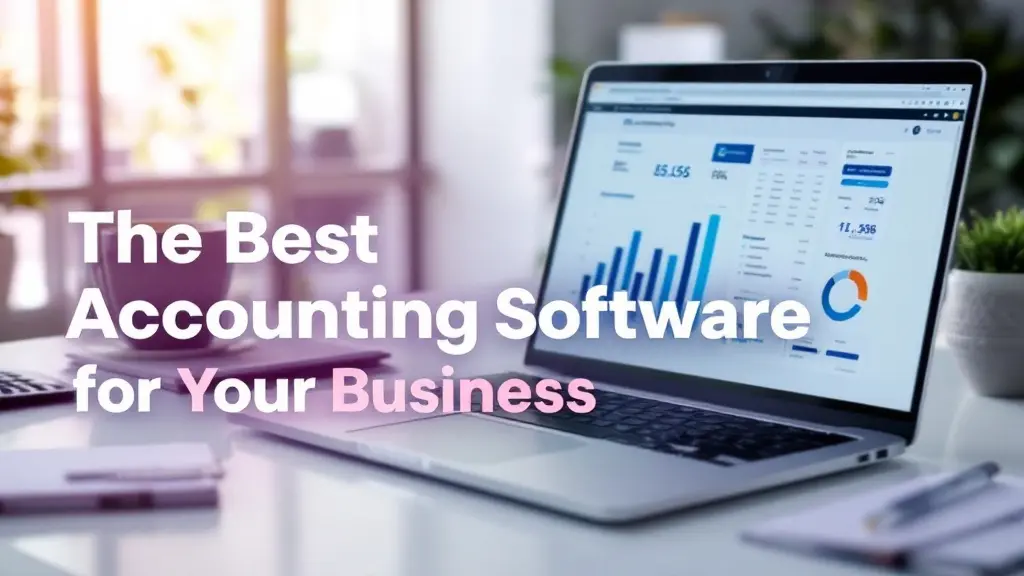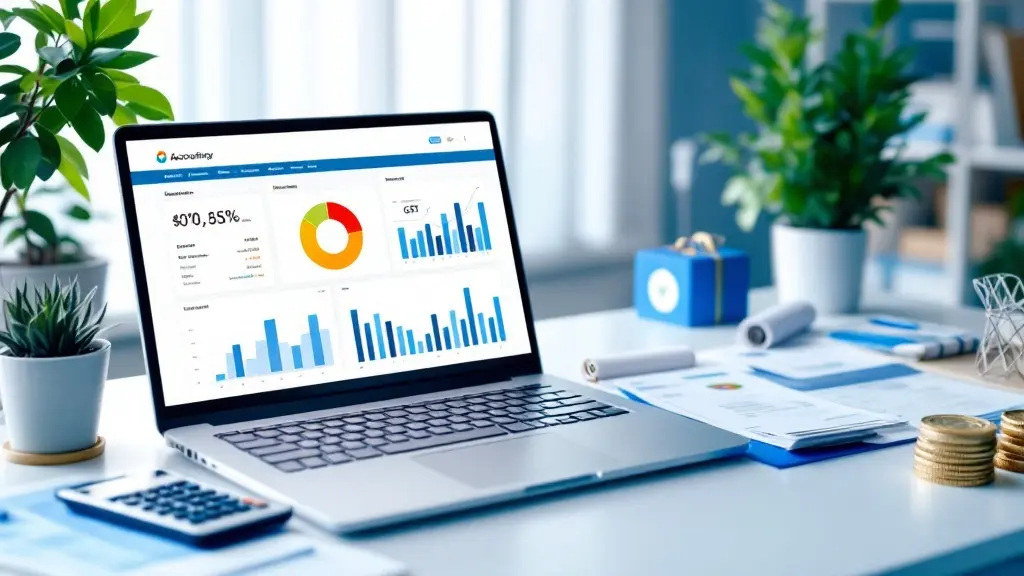Basic Accounting Terminology: A Beginner’s Guide to Understanding the Language of Finance
Table of Contents
- Why Understanding Accounting Terminology Matters
- 1. Assets
- 2. Liabilities
- 3. Equity
- 4. Revenue
- 5. Expenses
- 6. Accounts Receivable (AR)
- 7. Accounts Payable (AP)
- 8. General Ledger (GL)
- 9. Balance Sheet
- 10. Income Statement
- 11. Cash Flow
- 12. Depreciation
- 13. Accrual Accounting vs. Cash Accounting
- 14. Trial Balance
- 15. Double-Entry System
Most Read
[fusion_dropcap class="fusion-content-tb-dropcap"]A[/fusion_dropcap]ccounting might sound complex at first, but once you get familiar with its basic terms, it becomes much easier to understand. Whether you’re a business owner, a student, or someone simply curious about finance, knowing key accounting terminology is essential.
In this guide, we’ll walk you through the most common accounting terms in a clear, simple way. Let’s dive in!
Why Understanding Accounting Terminology Matters
Think of accounting terminology as the language of business. Just like you need to know certain words to speak a new language, you need to know basic accounting terms to understand financial conversations, reports, and decisions.
When you’re fluent in this language, you can:
- Read financial statements with confidence
- Make smarter business decisions
- Communicate better with accountants, investors, and stakeholders
- Keep your personal finances on track
Now that you know why it’s important, let’s explore the essential terms.
Essential Accounting Terms You Should Know
1. Assets
Assets are everything a business or individual owns that has value.
They can be tangible (like cash, inventory, buildings) or intangible (like patents, trademarks, goodwill).
Example: Your office computer, company car, and bank balance are all assets.
Types of Assets:
- Current Assets: Easily convertible to cash within a year (e.g., inventory, accounts receivable)
- Fixed Assets: Long-term use (e.g., machinery, real estate)
Keyword: Accounting basics, understanding assets
2. Liabilities
Liabilities are what a business or individual owes — basically, debts and obligations.
Example: Loans, unpaid bills, mortgages, and salaries payable.
Types of Liabilities:
- Current Liabilities: Due within one year (e.g., accounts payable, short-term loans)
- Long-term Liabilities: Payable over more than one year (e.g., bonds payable, long-term leases)
Keyword: Liabilities in accounting
3. Equity
Equity represents the owner’s interest in the business after deducting liabilities from assets.
It’s also known as net worth or owner’s equity.
Formula:
Equity = Assets – Liabilities
Example: If your business owns assets worth ₹5,00,000 and owes ₹2,00,000, your equity is ₹3,00,000.
Keyword: Owner’s equity explained
4. Revenue
Revenue is the income a business earns from its normal operations, usually from sales of goods or services.
Example: If you own a cafe, the money you make from selling coffee and pastries is your revenue.
Important Note: Revenue is also called sales, turnover, or top line.
Keyword: What is revenue in accounting
5. Expenses
Expenses are the costs incurred to earn revenue.
They include everything from rent and salaries to utilities and marketing costs.
Types of Expenses:
- Operating Expenses: Costs related to core business activities (e.g., rent, salaries)
- Non-operating Expenses: Costs not related to core activities (e.g., interest expense)
Keyword: Business expenses examples
6. Accounts Receivable (AR)
Accounts Receivable represents the money owed to your business by customers who bought goods or services on credit.
Example: If you invoice a client for ₹10,000, that amount is your accounts receivable until they pay.
Keyword: Accounts receivable definition
7. Accounts Payable (AP)
Accounts Payable is the amount your business owes to suppliers for goods or services received but not yet paid for.
Example: You purchase inventory but will pay your supplier next month — that’s accounts payable.
Keyword: Accounts payable meaning
8. General Ledger (GL)
The General Ledger is the master record of all your financial transactions.
It summarizes all accounting data and helps you create your financial statements.
Keyword: Importance of general ledger
9. Balance Sheet
A Balance Sheet is a financial statement that shows your company’s assets, liabilities, and equity at a specific point in time.
It answers the question:
“What does the business own and owe right now?”
Keyword: How to read a balance sheet
10. Income Statement
An Income Statement, also known as a Profit and Loss (P&L) Statement, shows your revenue and expenses over a period of time, highlighting your profit or loss.
Keyword: Income statement basics
11. Cash Flow
Cash Flow is the movement of money in and out of your business.
Good cash flow management ensures you have enough money to pay your bills and invest back into your business.
Types of Cash Flow:
- Operating Activities: Daily business activities
- Investing Activities: Buying or selling assets
- Financing Activities: Loans and investments
Keyword: Understanding cash flow
12. Depreciation
Depreciation is the gradual reduction in the value of a tangible asset over time due to wear and tear.
Example: Your delivery van loses value each year — that’s depreciation.
Keyword: Depreciation explained
13. Accrual Accounting vs. Cash Accounting
- Accrual Accounting: Recognizes revenues and expenses when they are incurred, not when cash is exchanged.
- Cash Accounting: Recognizes revenues and expenses only when cash changes hands.
Tip: Accrual accounting gives a more accurate financial picture.
Keyword: Accrual vs cash accounting
14. Trial Balance
A Trial Balance is a bookkeeping report that lists all the balances of your general ledger accounts.
It helps ensure that your debits equal your credits, which is a key part of double-entry accounting.
Keyword: Trial balance in accounting
15. Double-Entry System
The Double-Entry System is a method of accounting where every transaction affects at least two accounts, maintaining the accounting equation:
Assets = Liabilities + Equity
Example: When you take a loan (increase liabilities), you also increase your cash (assets).
Keyword: Double-entry accounting system
Quick Reference Table: Basic Accounting Terms
| Term | Simple Definition |
|---|---|
| Assets | What you own |
| Liabilities | What you owe |
| Equity | Ownership value |
| Revenue | Income earned |
| Expenses | Costs incurred |
| Accounts Receivable | Money owed to you |
| Accounts Payable | Money you owe |
| Balance Sheet | Snapshot of financial position |
| Income Statement | Profit or loss report |
| Cash Flow | Movement of money |
| Depreciation | Value loss of assets |
| Trial Balance | Report to check ledger balance |
| Double-Entry System | Every transaction affects two accounts |
Final Thoughts: Start Speaking the Language of Accounting
Understanding basic accounting terminology doesn’t just make you sound smart — it empowers you to run a business better, manage finances more confidently, and make informed decisions.
Remember, you don’t need to memorize every accounting term overnight. Start by familiarizing yourself with the basics and build from there. Over time, these terms will become second nature.
Whether you’re preparing for a finance career or simply aiming to manage your money better, knowing these key accounting concepts is a game-changer.
Stay curious, stay consistent — and you’ll master the language of finance!
Visit Our Website : Accounting.in








